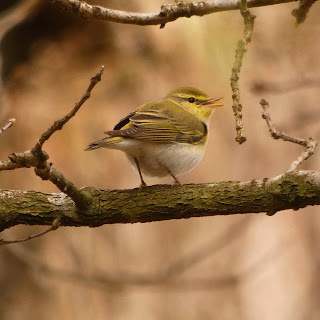Weekend opening chimes
Cuckoo
Fallow Deer
Red Kite
Chiloe Wigeon
After a week of crazy birding I put some solid birding in at the pits in over the weekend with pretty good result picking up five patch year ticks.
The first bird in this category was a Cuckoo calling from the oak by the main pit. The bird sat there for 15 minutes as I did my counting. The rest of the morning was business as usual. I returned late afternoon on the hope the forecast showers would appear, they didn't but I did find my first Reed Warbler of the year in the north east corner of the main pit.
Jon & I were very hopeful of a good morning with some wader movement but yet again there was none at all. This didn't stop us having a good morning though. A Swift over the main pit at 8am was a good start quickly followed up with the return of the Chiloe Wigeon.
A lengthly scan of the open ground continued our run without any Wheatear, we had recorded a dozen by the same time last year. Near the central lagoon it was brilliant to hear a pair of Water Rails and another Reed Warbler. This was the first record of Water Rail since the restoration of the Reed Bed lagoon. Thankfully they have found a new home.
The hedgerows held two Lesser & one Common Whitethroat whilst there was two broods of twelve Mallard. The most beautiful bird of the morning was a singing Yellow Wagtail on the Old Works lagoon.
Other highlights included 2 Sand Martin, 3 Lapwing, 5 Common Buzzard & 2 Red Kite.





















































